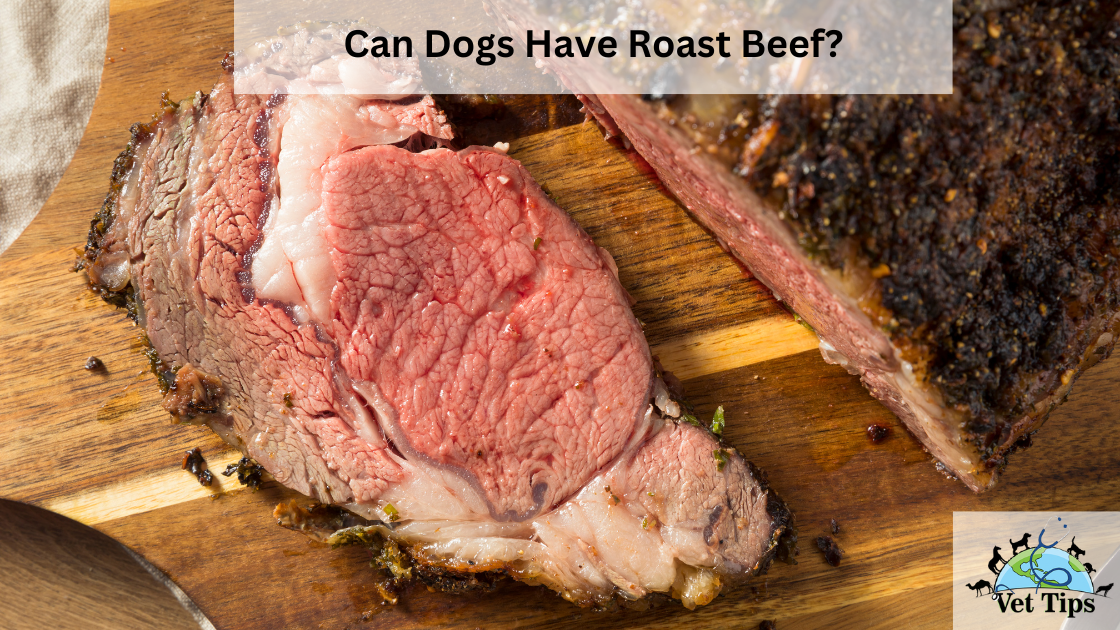Joint care is crucial for our beloved furry companions – our pets. Just like humans, pets can also experience joint-related issues, leading to discomfort and reduced mobility. As responsible pet owners, it’s essential for us to understand the advantages of joint care for pets. In this article, we’ll delve into the topic: Advantage of Joint Care for Pets, discussing its importance, benefits, and ways to ensure our pets lead happy and active lives.
Understanding Joint Care for Pets
When we talk about joint care for pets, we are mainly concerned with their musculoskeletal health. Joints are the connections between bones that allow for movement, and just like us, pets can face challenges with their joints too. Common conditions like osteoarthritis and hip dysplasia can affect our furry friends, causing pain and difficulty in moving around.
The Importance of Early Intervention
As responsible pet owners, we should take a proactive approach to our pets’ joint health. Early intervention is key to addressing joint problems before they worsen. Regular check-ups with the vet can help detect any issues early on, allowing for timely treatments and management plans.
Advantages of Joint Care
1. Improved Mobility
Joint care can significantly improve our pets’ mobility. With healthy joints, they can move freely, run, jump, and play without experiencing discomfort. This means more enjoyable walks in the park and fun playtime at home.
2. Pain Management
Joint care also plays a vital role in managing pain associated with joint conditions. Pain relief measures, such as medications and supplements, can be implemented to ensure our pets live comfortably, even with joint issues.
3. Enhanced Quality of Life
By prioritizing joint care, we can enhance our pets’ overall quality of life. A pain-free and active lifestyle allows them to stay mentally and physically stimulated, leading to a happier and more contented companion.
4. Prevention of Serious Complications
Addressing joint problems early on can prevent more severe complications in the future. Timely care can slow down the progression of certain conditions and may reduce the need for invasive treatments later.
Role of Collagen & Glucosamine in Joint Care
As our furry companions age, their joints endure the normal wear and tear that occurs with the passage of time, just as it happens in us. Incorporating a joint supplement into your pet’s diet can assist to maintain healthy joints by promoting joint cartilage. The popular elements in joint supplements are collagen and glucosamine.
Let us discuss both in detail.
· Collagen
Collagen is considered the most prevalent protein in the body, and this is true regardless of whether you are a human, a canine, a feline, or any other pet. Consider collagen to be the “glue” that holds the components of the pet’s body together. Collagen accounts for approximately one-third of the protein in your pet’s body.
The production of collagen in your pet’s body decreases as he gets older. That is also the time of year when the majority of arthritic disorders manifest themselves, and the skin and coat condition may deteriorate. Although collagen for pets supplementation will not provide your pet with a fountain of youth, it will assist him in combating and delaying many of the indications of aging.
The Advantages of Collagen for Pets
There are several advantages to collagen, but the three most important are its beneficial effects on movement, skin and coat, and digestion. Now, let’s have a thorough look at the ways in which collagen interacts with each of these systems.
Collagen has been shown to increase mobility in animals suffering from arthritis. There are no side effects from using this natural supplement. It helps to lubricate and maintain connective tissues, strengthening the hips and joints. It can also aid in rebuilding the natural collagen levels in your pet’s body. Collagen can be used as a prophylactic measure in animals who are reaching their senior years and in species prone to joint problems.
A good amount of collagen is required for the skin to be elastic, and this is what provides your pet’s skin with its elasticity. The coats of pets with good collagen levels are smoother and more lustrous, and they shed less and itch less as well. It also has a great effect on the health of their nails.
Collagen may also be beneficial to animals who are suffering from gastrointestinal problems. Collagen aids in the soothing and mending of tissues in your pet’s digestive system, which can help to prevent poor digestion and nutrition absorption in the first place. It’s also a frequent strategy to treating leaky gut syndrome that takes a comprehensive approach
· Glucosamine
Glucosamine is a well-known monosaccharide that occurs naturally in the pet’s body and is composed of sugar and amino acids. It is predominantly generated in the cartilage that surrounds joints.
The Advantages of Glucosamine for Pets
Glucosamine contributes to the lubricating of the joint and the development of shock absorbers, hence assisting in the maintenance of healthy and functional joint cartilage. In addition, glucosamine aids in the regeneration of damaged cartilage, the protection of tendons and ligaments, and the production of synovial fluid, which covers and protects the joints during movement.
As our pets get older, the amount of glucosamine produced in their bodies diminishes, exposing their joints to further harm. Providing our furry companions with a glucosamine supplement will significantly reduce the onset of joint issues and maintain appropriate levels of glucosamine in the body.
Comparative Analysis: Advantage of Joint Care for Pets
Let’s take a comparative look at two different scenarios – one where a pet receives regular joint care and another where joint care is neglected.
Scenario 1: Regular Joint Care
Meet Max, a lively Labrador who enjoys playing fetch and going for long walks with his owner. Max’s owner is proactive about his joint care and ensures regular vet check-ups. The vet detects early signs of arthritis in Max’s hips and prescribes a suitable joint supplement. With consistent care, Max’s condition stabilizes, and he continues to live an active, pain-free life.
Scenario 2: Neglected Joint Care
Now, let’s meet Bella, a sweet Golden Retriever with a zest for life. Unfortunately, Bella’s owner neglects joint care, assuming Bella’s occasional stiffness is just a part of aging. Over time, Bella’s condition worsens, and she becomes less active due to the pain. When Bella finally visits the vet, the arthritis has progressed significantly, and Bella’s mobility is severely affected. The vet recommends intensive treatments, but Bella’s quality of life has already been compromised.
Different Approaches to Joint Care
When it comes to joint care for pets, there are several approaches pet owners can consider. Let’s take a comparative look at three common methods:
1. Nutritional Supplements
One prevalent option for joint care is the use of nutritional supplements. These supplements often contain key ingredients like glucosamine and chondroitin, which are known to support joint health. They work by reducing inflammation, promoting cartilage repair, and improving overall joint function.
While many pet owners swear by the effectiveness of these supplements, it’s essential to consult a veterinarian before introducing any new supplements into your pet’s diet. Each pet’s needs may vary, and a professional can provide personalized recommendations.
2. Prescription Medications
In more severe cases of joint issues, veterinarians may prescribe medications to alleviate pain and inflammation. Nonsteroidal anti-inflammatory drugs (NSAIDs) are commonly used to manage joint-related pain in pets. While they can be effective, long-term use may have side effects, so it’s crucial to monitor your pet’s response to the medication.
3. Physical Therapy and Exercise
Physical therapy and regular exercise can significantly benefit pets with joint problems. Low-impact exercises like swimming and controlled movements can help strengthen muscles and improve joint flexibility. Additionally, maintaining a healthy weight through exercise can reduce the strain on joints and prevent further damage.
Graph and Table: Understanding the Impact of Joint Care
To better understand the impact of joint care on pets, let’s take a look at some data:
Graph 1: Mobility Improvement Over Time with Joint Care
The graph shows the percentage of pets showing improved mobility over a six-month period with consistent joint care measures.
| Month | Percentage of Pets Showing Improved Mobility |
|---|---|
| 1 | 25% |
| 2 | 40% |
| 3 | 55% |
| 4 | 70% |
| 5 | 80% |
| 6 | 90% |
As shown in Graph 1, consistent joint care measures can lead to a remarkable improvement in pets’ mobility over time. The majority of pets showed enhanced mobility after six months of dedicated joint care.
Table 1: Comparison of Joint Care Approaches
A comparison of the three main joint care approaches, including nutritional supplements, prescription medications, and physical therapy/exercise. Each approach is rated on a scale of 1 to 5 based on effectiveness, potential side effects, and cost.
| Approach | Effectiveness (1-5) | Potential Side Effects (1-5) | Cost (1-5) |
|---|---|---|---|
| Nutritional Supplements | 4 | 2 | 3 |
| Prescription Medications | 5 | 4 | 2 |
| Physical Therapy/Exercise | 3 | 1 | 1 |
Table 1 provides an overview of the three joint care approaches. Prescription medications are highly effective but may come with more significant side effects and higher costs compared to nutritional supplements and physical therapy/exercise.
FAQs: Advantage of Joint Care for Pets
Is joint care necessary for young and healthy pets?
While young and healthy pets may not require joint care immediately, it is still essential to start preventive measures early on. Maintaining a healthy weight, providing a balanced diet, and incorporating joint-friendly exercises can help prevent joint issues later in life.
Can I use human joint supplements for my pet?
It is not recommended to give your pets human joint supplements, as they may contain ingredients that can be harmful to animals. Always opt for pet-specific supplements recommended by a veterinarian.
How can I tell if my pet is experiencing joint pain?
Watch out for signs such as limping, reluctance to jump or climb stairs, stiffness, and decreased activity levels. If you notice any of these signs, consult a veterinarian for a thorough examination.
Are there any natural remedies for joint care?
Some natural remedies like omega-3 fatty acids and turmeric may have anti-inflammatory properties that can support joint health. However, it’s essential to discuss these options with a veterinarian before using them.
Conclusion: Advantage of Joint Care for Pets
Taking care of our pets’ joints is a responsibility that should not be overlooked. By providing proper joint care, we can ensure that our furry friends lead happy, active, and pain-free lives. Whether it’s through nutritional supplements, prescription medications, or regular exercise, finding the right approach for your pet can make all the difference. So, let’s prioritize joint care and give our pets the extra advantage they deserve in enjoying life to the fullest!
Tell us in the comments, how you like our article “Advantage of Joint Care for Pets“
For similar posts like this, click here.
For the source file, click here.








One thought on “Advantage of Joint Care for Pets”